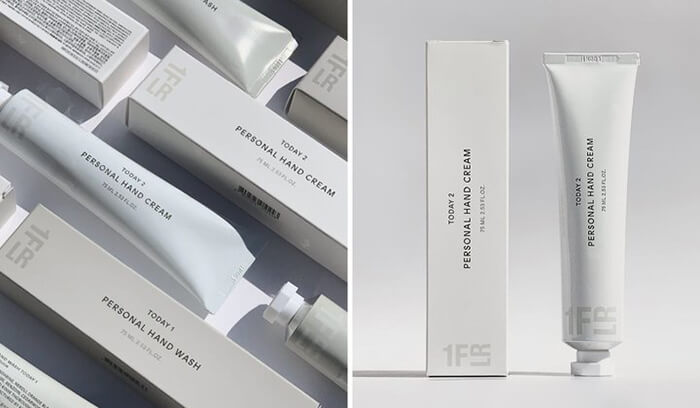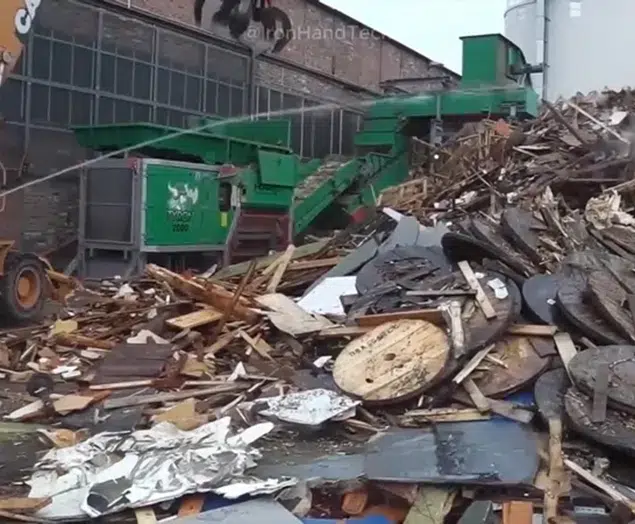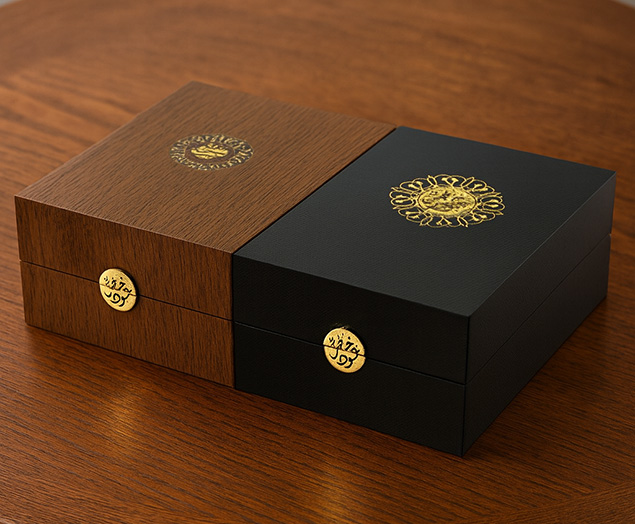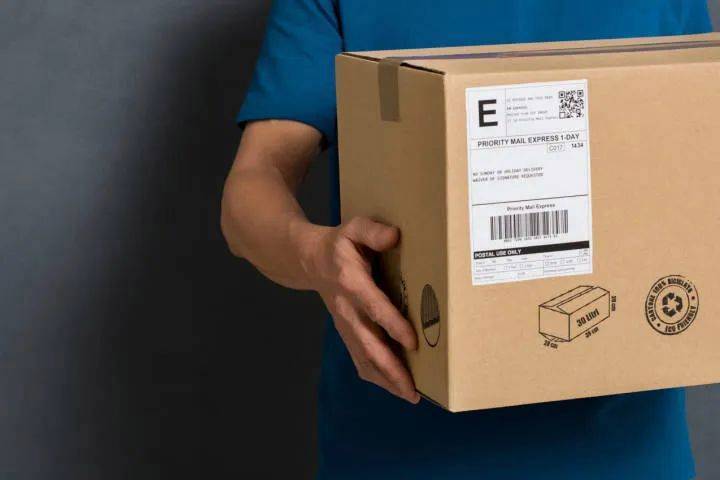Besides PLA, What Other Biodegradable Plastic Bag Materials Are There
The white pollution of the environment caused by traditional plastic bags is becoming more and more serious. With the continuous improvement of people’s awareness of environmental protection, degradable plastic bags, PLA fully biodegradable plastic bags, fully degradable plastic bags, and various new degradable material plastic bags have come out one after another. Today, let’s talk about the most representative biodegradable plastic bag materials.
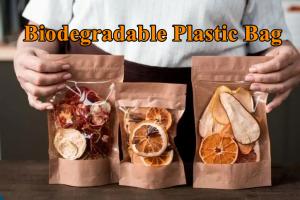
What is biodegradable plastic bag?
Biodegradable packaging refer to the degradation caused by the action of microorganisms such as bacteria, molds, and algae in nature under natural conditions such as soil and/or sandy soil, and/or specific conditions such as composting, anaerobic digestion, or aqueous culture medium, and finally completely degraded into carbon dioxide (CO2) or/and methane (CH4) Water (H2O) and mineralized inorganic salts of its elements as well as plastic bags of new biomass.
The most famous biodegradable plastic bag material: PLA
Polylactic acid (PLA) is a new type of biodegradable material, which is made of starch raw materials proposed by renewable plant resources (such as corn). With good biodegradability, it can be completely degraded by microorganisms in nature after use, and finally generate carbon dioxide and water, which does not pollute the environment, which is very beneficial to environmental protection and is recognized as an environmentally friendly material.
The degradation of PLA can be divided into two stages: 1) first, pure chemical hydrolysis to lactic acid monomer; 2) Lactic acid monomer is degraded into carbon dioxide and water by microorganisms. The food cup made of polylactic acid can be completely degraded in only 60 days, truly achieving the dual effects of ecology and economy.
Besides PLA, what other biodegradable plastic bag materials are there?
Poly (3-hydroxyalkanoate) (PHA)
PHA is an aliphatic copolyester with different structures synthesized by microorganisms through fermentation of various carbon sources. The most common ones are poly (3-hydroxybutyrate) (PHB), poly (Hydroxyvalerate) (PHV), and the copolymer of PHB and PHV (PHBV).
The main use is disposable tableware, non-woven fabrics, packaging materials, agricultural film, toys, film, glue, fiber, and other degradable products.
Poly ε- Caprolactone (PCL)
gather ε- Caprolactone (PCL) is produced by ε- The low melting point polymer obtained by ring opening polymerization of caprolactone has a melting point of only 62 ℃. The degradation of PCL has been studied since 1976. PCL can be completely decomposed by microorganisms in both anaerobic and aerobic environments.
Compared with PLA, PCL has better hydrophobicity, but the degradation rate is slower; At the same time, the synthesis process is simple and the cost is low. PCL has excellent processing performance, and can be made into films and other products with ordinary plastic processing equipment.
Polyester – PBS/PBS
PBS, with aliphatic succinic acid and butanediol as the main production raw materials, can not only meet the demand through petrochemical products but also be produced through biological fermentation through natural renewable crop products such as starch, cellulose, and glucose, to realize the green recycling production from nature and return to nature. Moreover, the raw materials produced by the biological fermentation process can also significantly reduce the cost of raw materials, thereby further reducing the cost of PBS.
Compared with similar products, the advantages of polyester biodegradable plastics are:
1) Good heat resistance. This promotes its promotion in the catering field;
2) The requirements for processing conditions are not high;
3) It is easy to preserve and resistant to hydrolysis.
Polyethylene succinate (PBS) is widely used in packaging, tableware, cosmetic bottles, and drug bottles, disposable medical supplies, agricultural films, pesticides and fertilizer slow-release materials, biomedical polymer materials, and other fields.
Aliphatic aromatic copolyester
Aliphatic aromatic random copolyester (eco flex) manufactured by BASF company in Germany, whose monomers are adipic acid, terephthalic acid, and 1,4-butanediol. The current production capacity is 140000 tons/year. At the same time, biodegradable plastic products based on polyester and starch have been developed.
Polyvinyl alcohol (PVA)
Water-soluble PVA film is a new plastic product emerging in the world. It takes advantage of the film-forming, water and biological degradation characteristics of PVA, and can be completely degraded into CO2 and H2O. It is a real green high-tech environmental protection packaging material.
Carbon dioxide copolymer
A new synthetic material under study, which takes carbon dioxide as monomer raw material and is activated to a high degree under the action of bimetallic coordination PBM catalyst, copolymerizes with epoxied to produce aliphatic polycarbonate (PPC), and after post-treatment, carbon dioxide resin material is obtained.
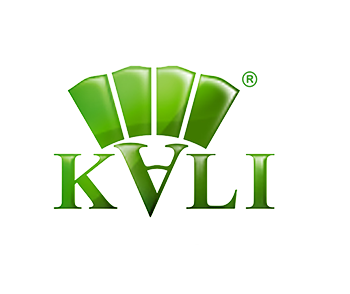

Top 10 Creative Cosmetic Packaging Design Ideas & illustrations 2023 | Luxury-Paper-Box.Com
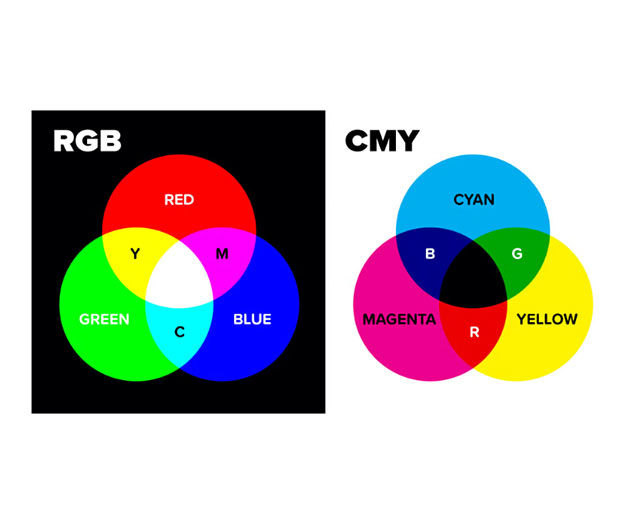
What Is the Difference Between RGB and CMYK





